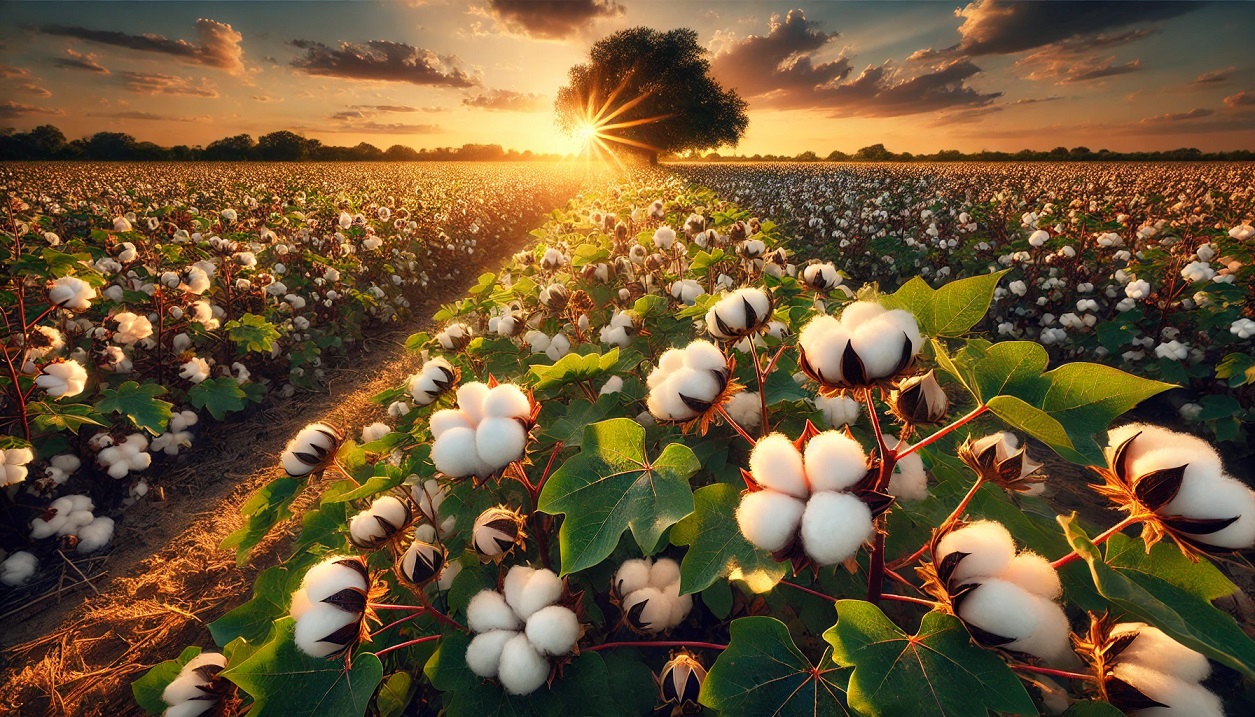Modal, a semi-synthetic cellulosic fiber, has risen to prominence in the age of activewear and sustainable fashion. Originating from reconstituted cellulose, primarily from beech trees, modal fibers are known for their breathability, absorbency, and soft texture. The process involves pulping wood fibers into a liquid, which are then extruded to form threads and spun into yarns. These can be blended with other fibers like cotton or elastane to create a variety of fabrics.
Modal vs Viscose: A Comparative Analysis
Modal is often compared to viscose, another type of rayon. While both share a similar manufacturing process, modal fibers are treated to be stronger and more durable, especially when wet, and are lighter and more breathable. Modal production is slightly less harmful than viscose, emitting fewer chemicals. In contrast, TENCEL Lyocell, another variant, is considered the most environmentally friendly among man-made cellulosic fibers, using organic solutions and a closed-loop solvent system, which prevents waste and ecosystem contamination.
Environmental Impact and Sustainability
Challenges and Innovations
The production of modal is not without environmental challenges. The sourcing of wood for modal risks deforestation, especially if it’s not responsibly managed. The use of harmful chemicals like carbon disulphide during production also poses significant environmental and health risks.
However, advancements in the industry are addressing these issues. For instance, Lenzing AG’s TENCEL Modal, a leading modal variant, is produced with higher environmental standards. The modal fibers are sourced from sustainably managed beech tree plantations, and the production process features minimized chemical emissions and higher recovery rates of process ingredients, thus reducing its environmental footprint.
Pioneering Sustainable Practices
In 2021, Lenzing introduced TENCEL Modal with Indigo technology, aimed at enhancing sustainability in the denim industry. This innovation uses a one-step spin-dyeing process, significantly reducing resource usage and earning the EU Ecolabel for high environmental standards. Additionally, the industry is seeing a rise in investment in recycled man-made cellulosic fibers (MMCFs), promising more sustainable options in the future.
Conclusion: The Future of Modal
Modal stands as a testament to the evolving relationship between fashion and sustainability. While not inherently sustainable, ongoing innovations and responsible manufacturing practices are steering modal towards a more eco-friendly future. Brands and consumers seeking ethical and sustainable fabric choices can look towards improved modal variants like TENCEL Modal, which exemplify the potential for balancing environmental considerations with the demands of modern textile production. As the industry moves forward, modal, with its blend of comfort, versatility, and potential for sustainability, remains a fabric of significant interest in the world of eco-conscious fashion.



